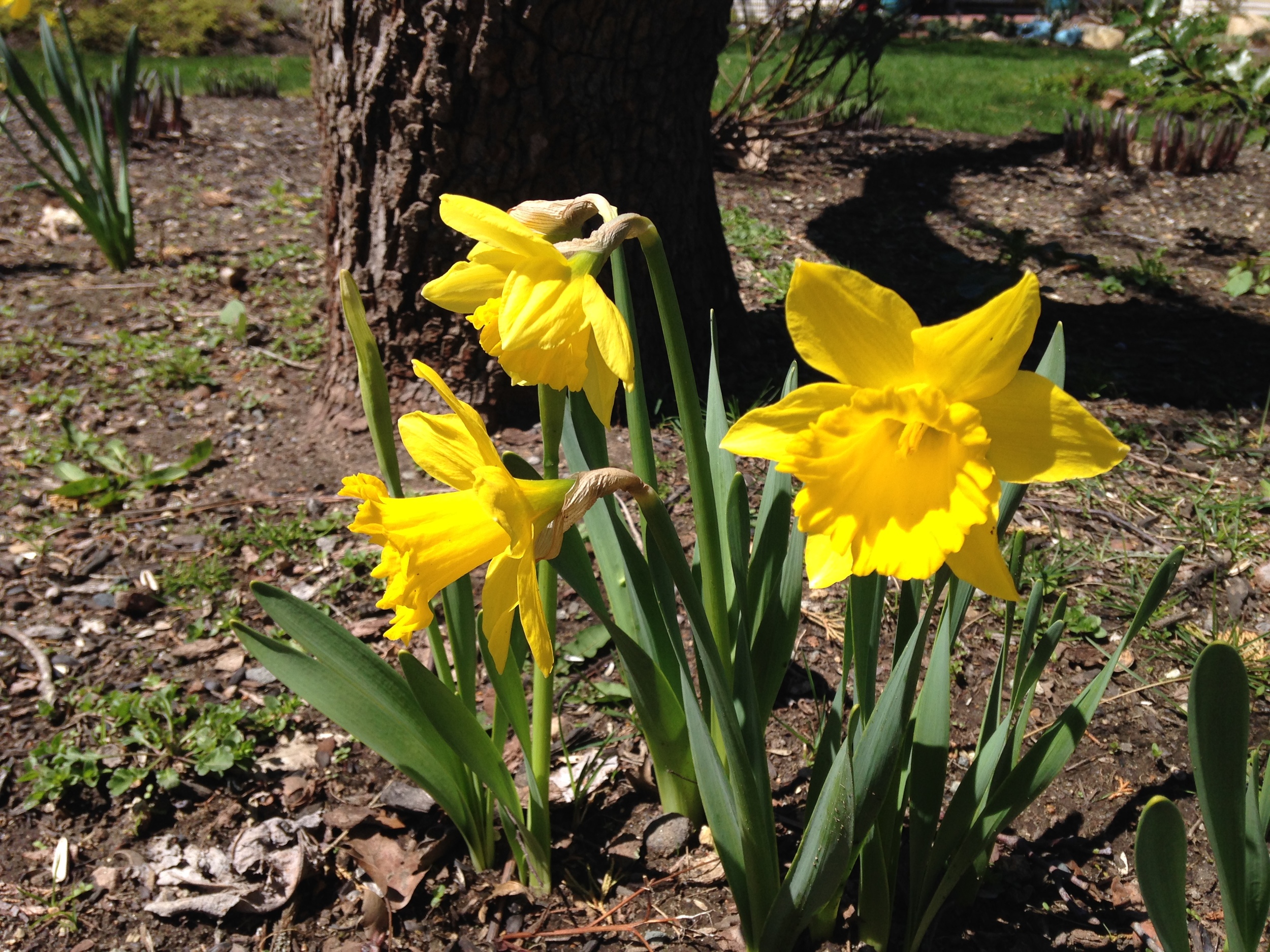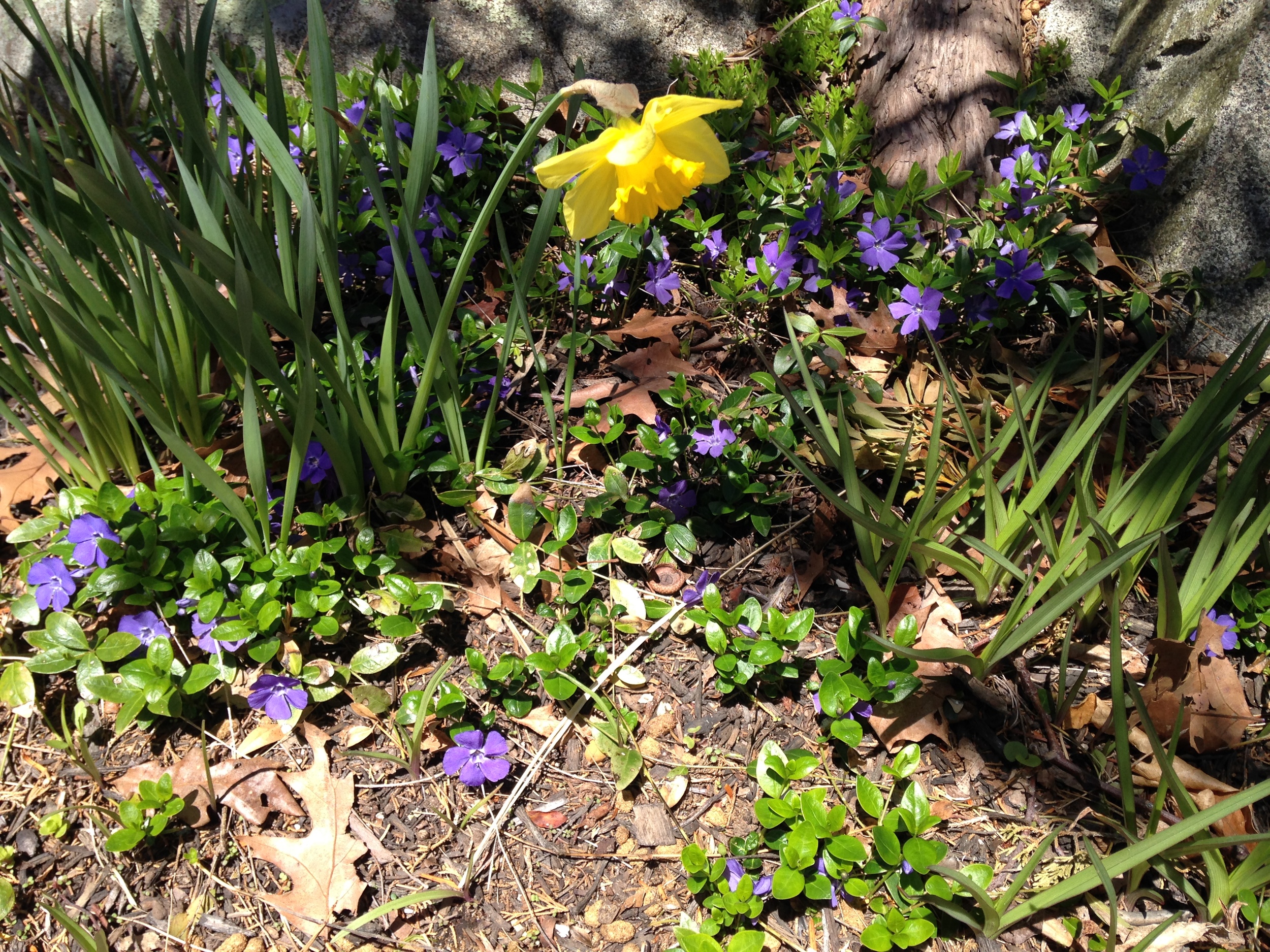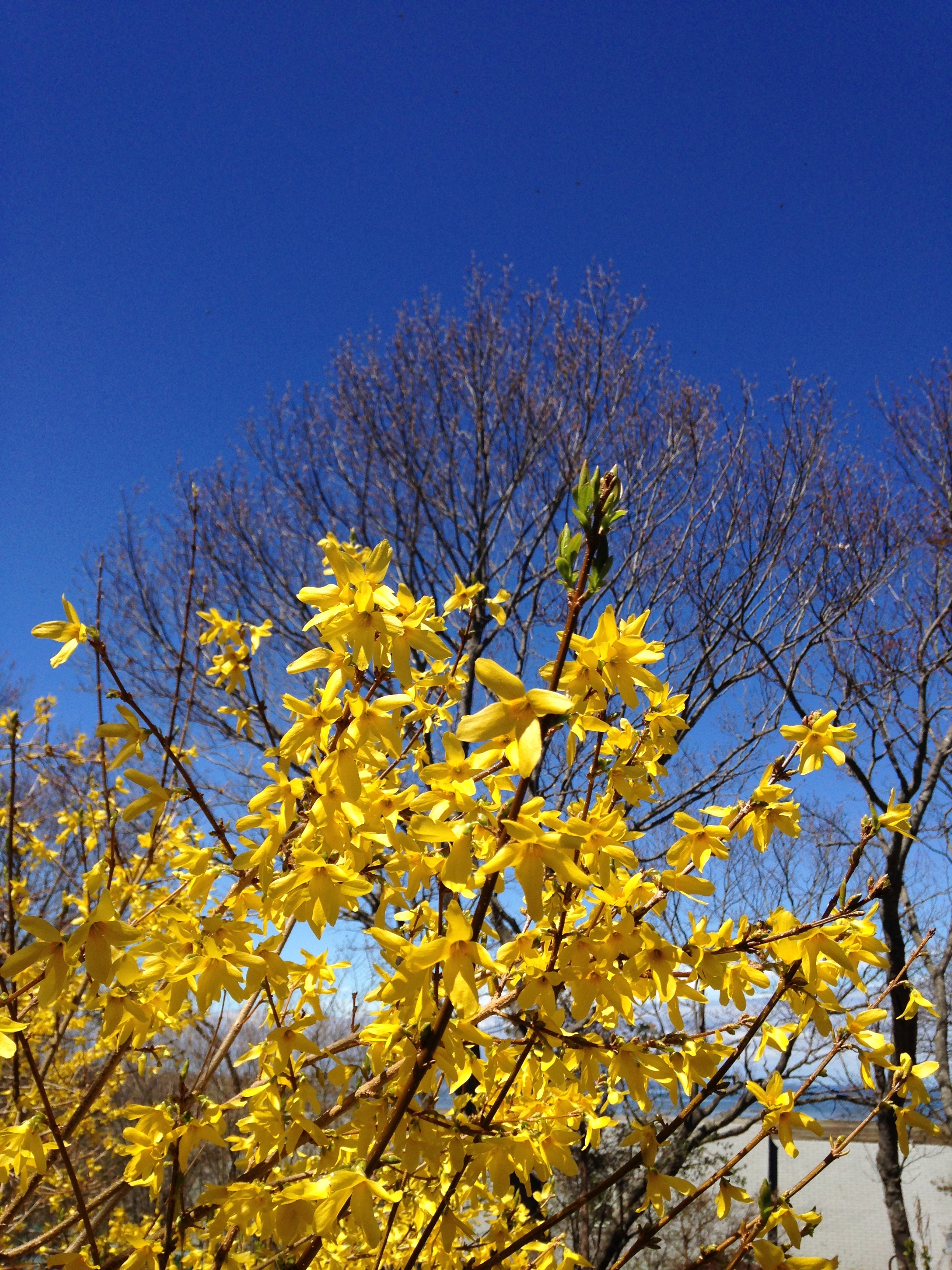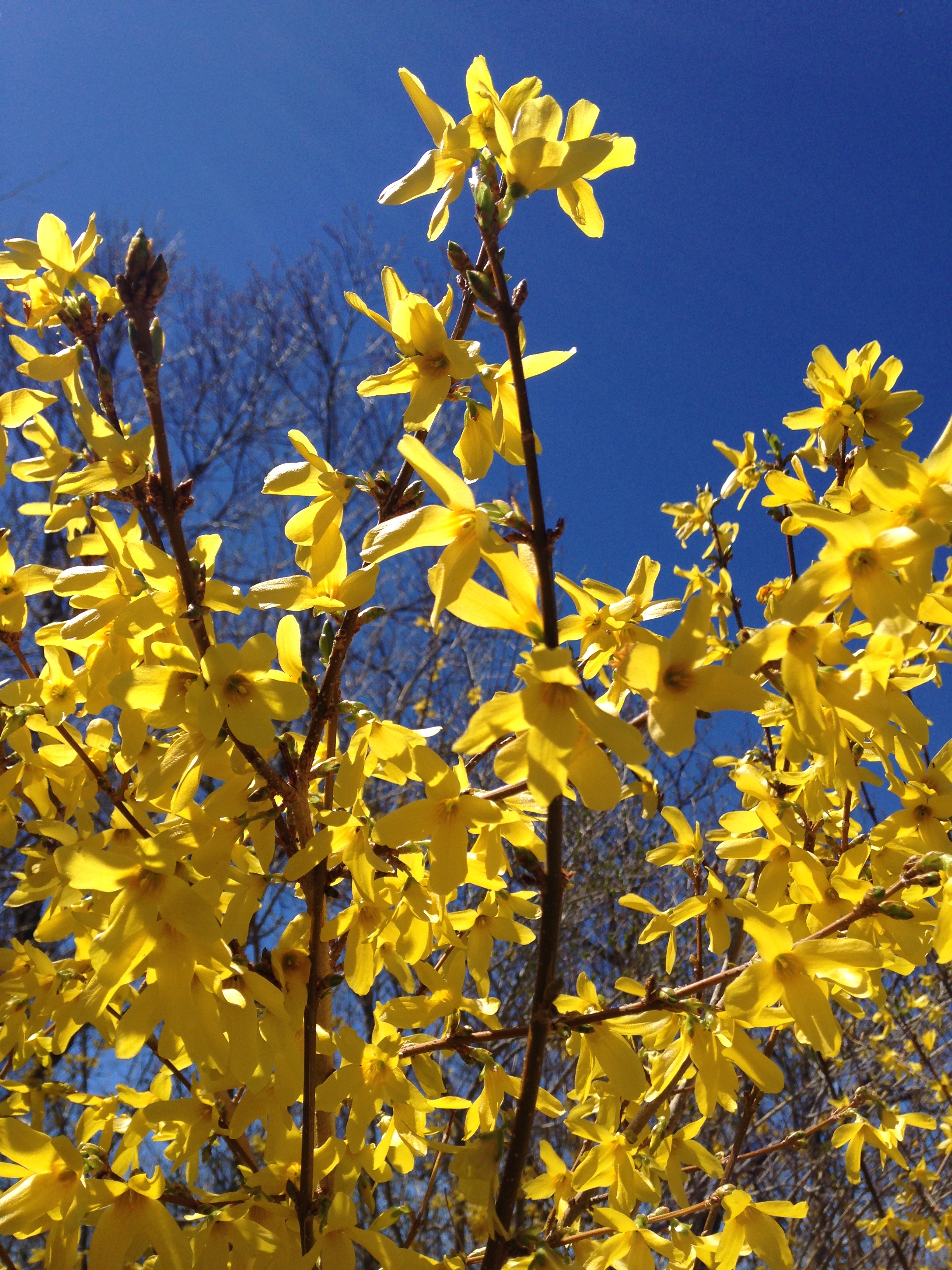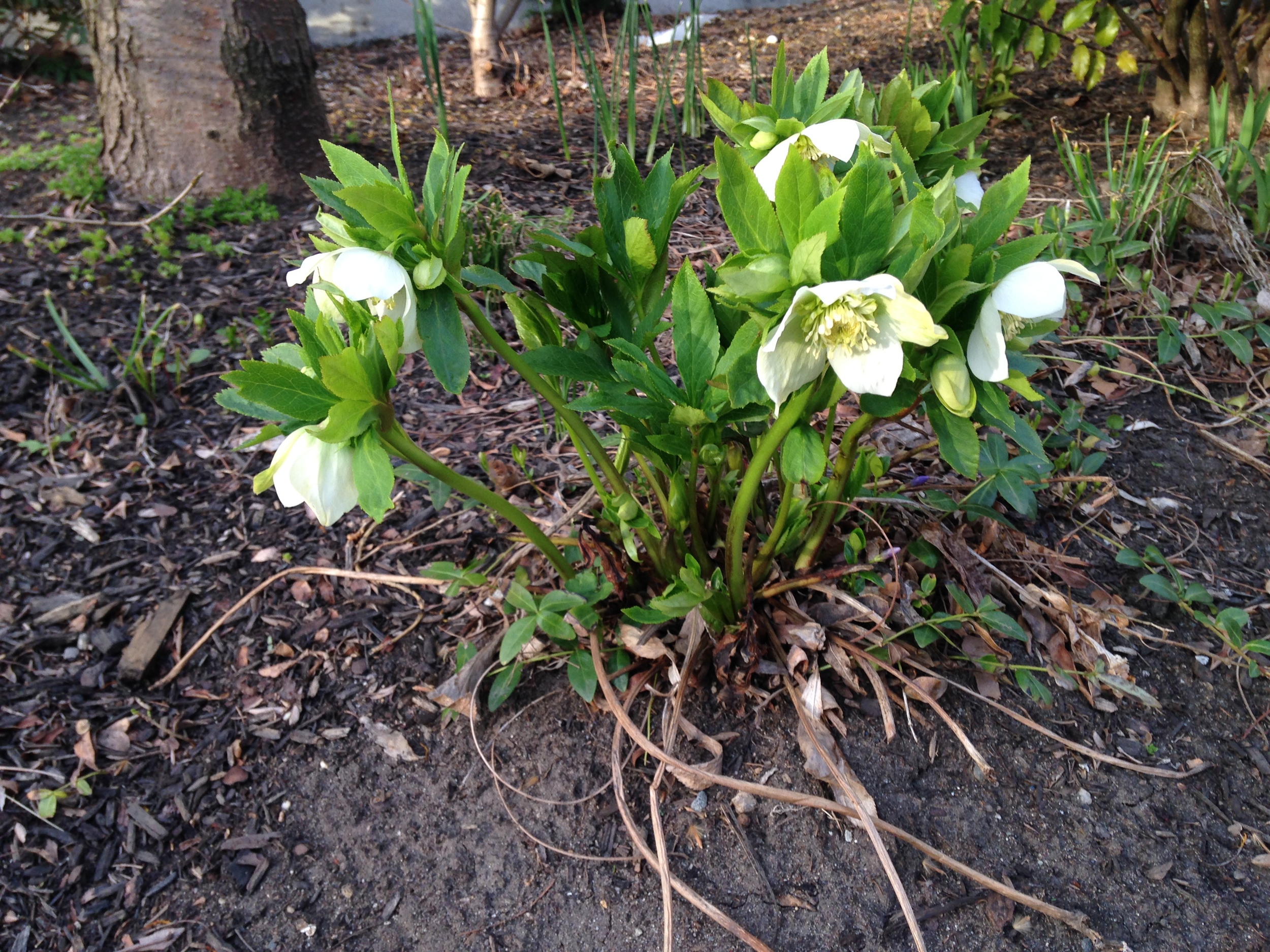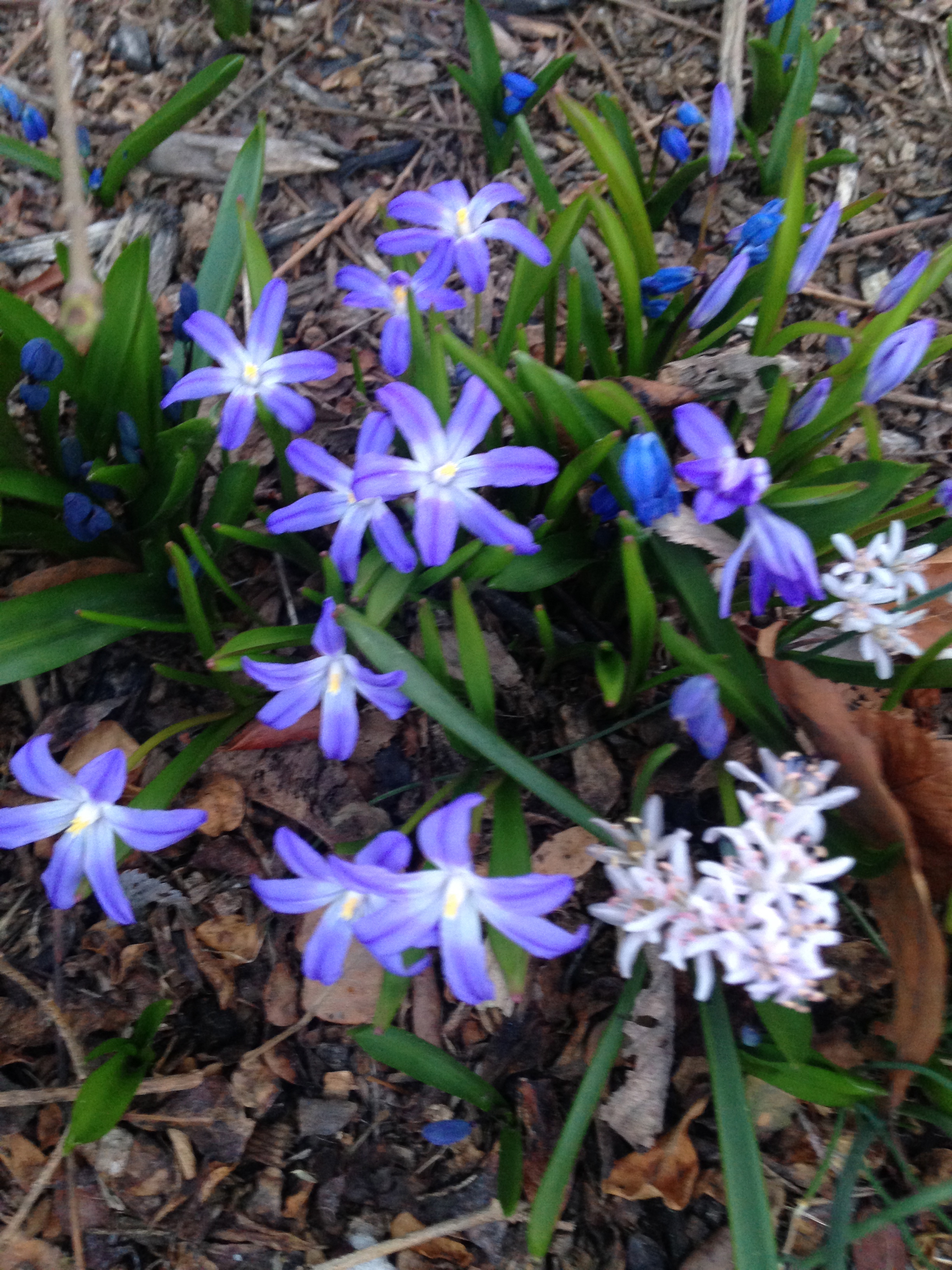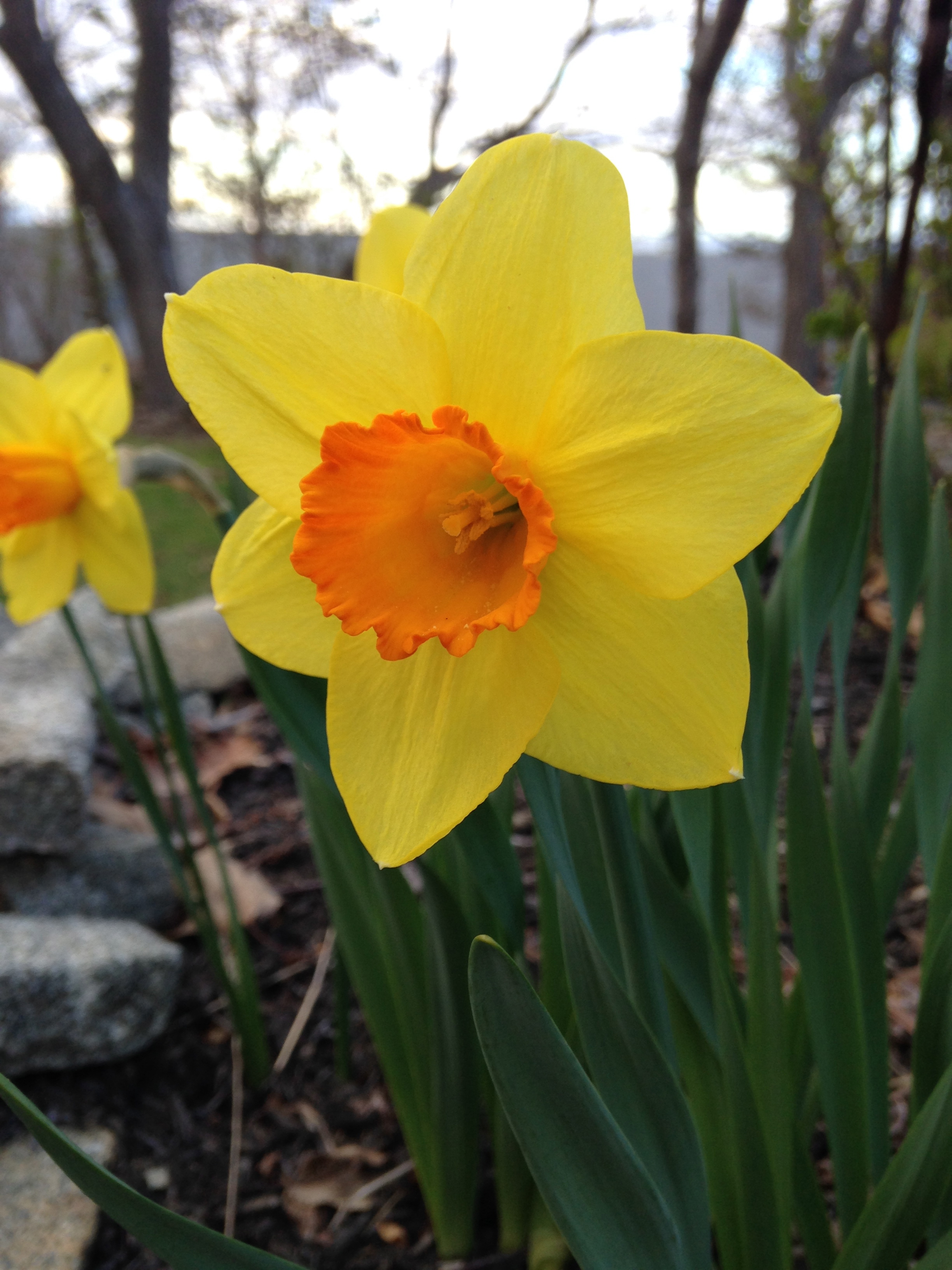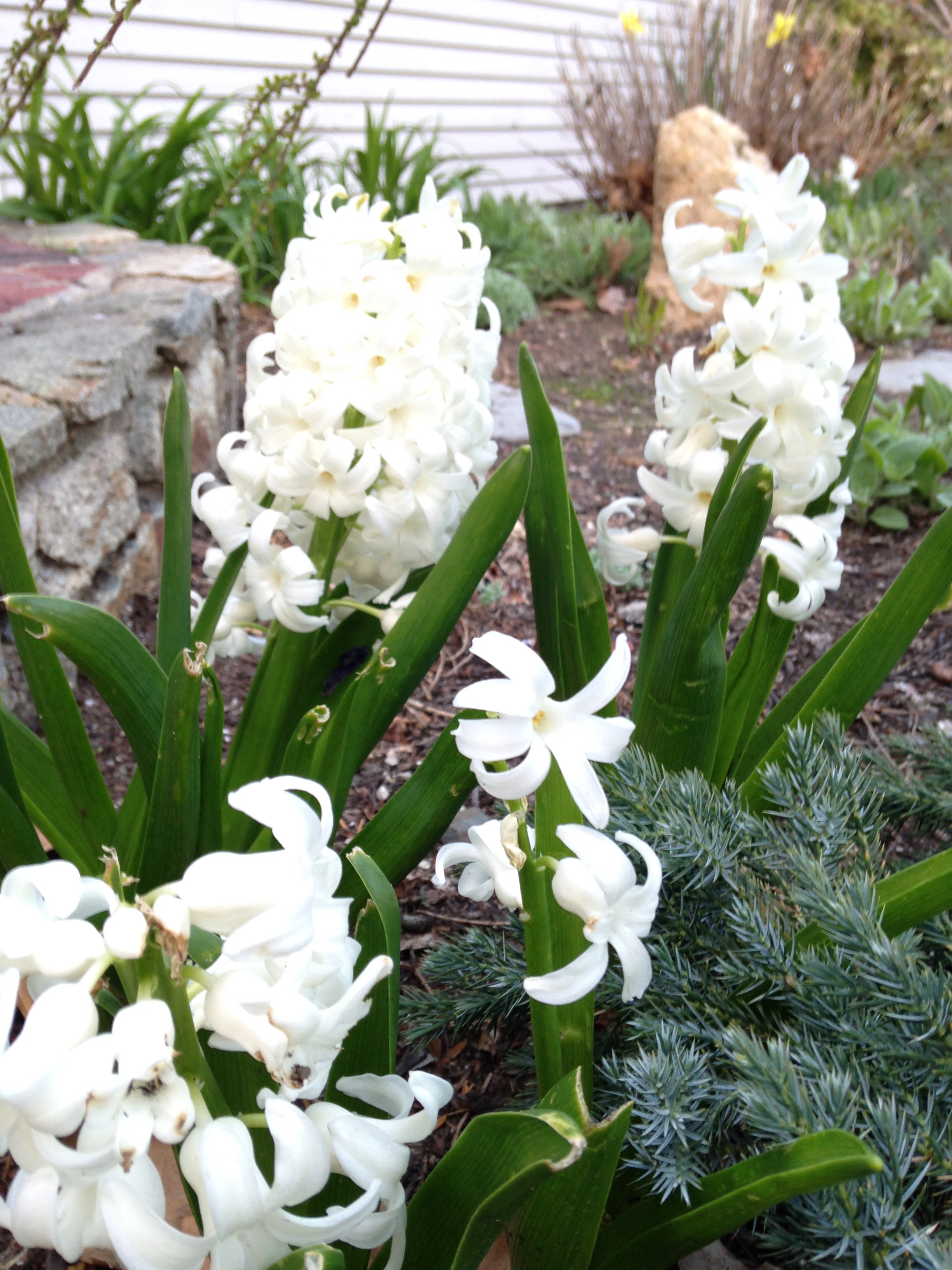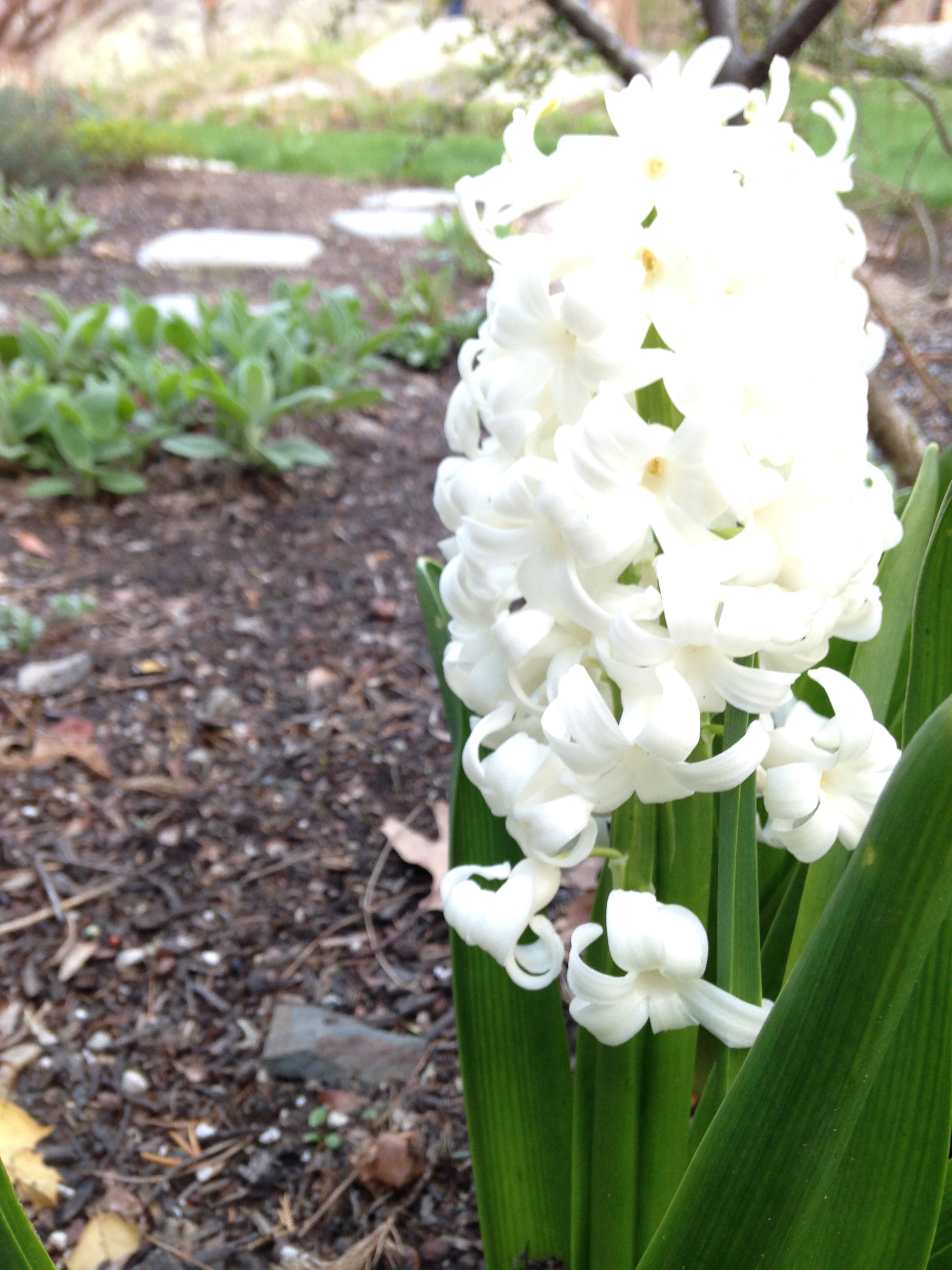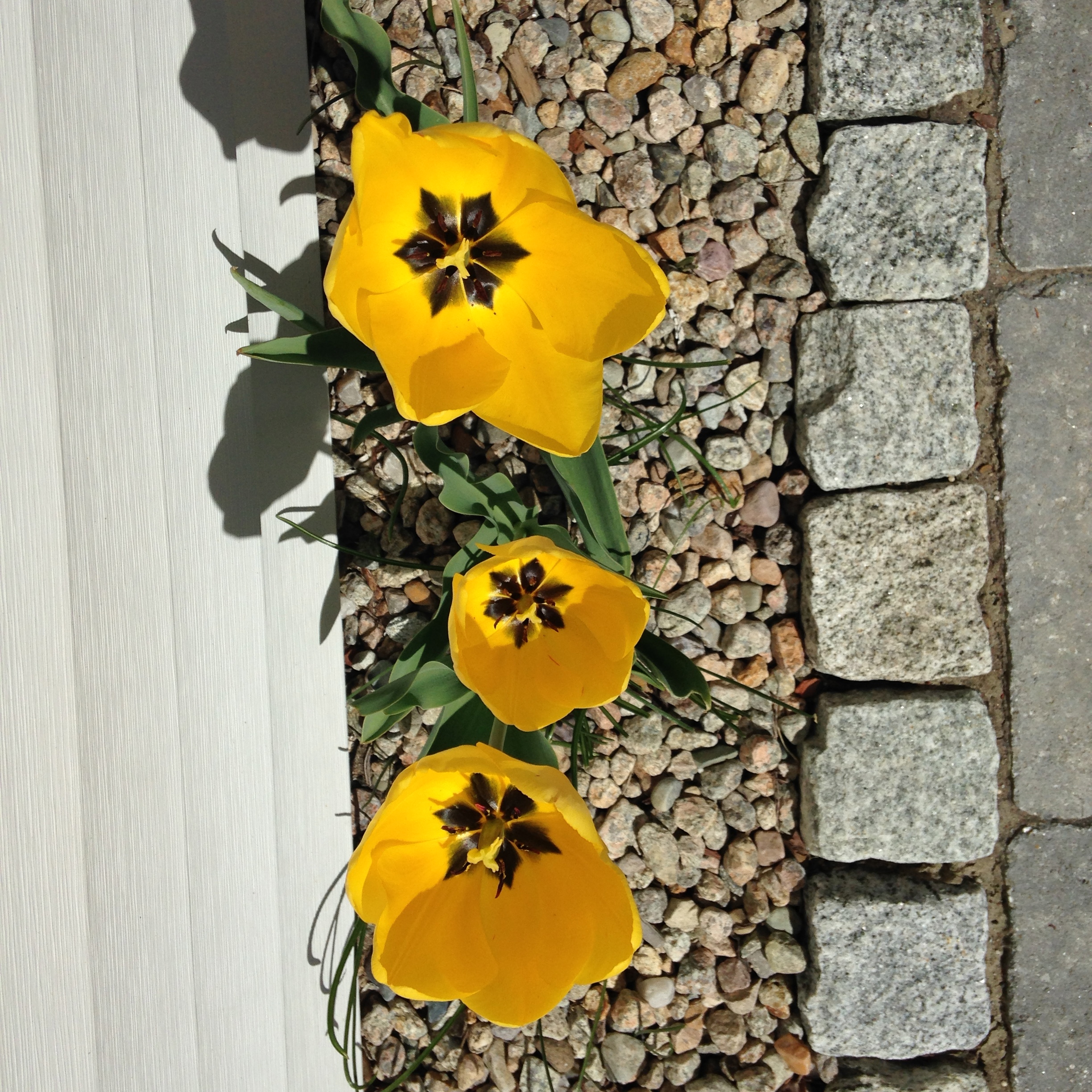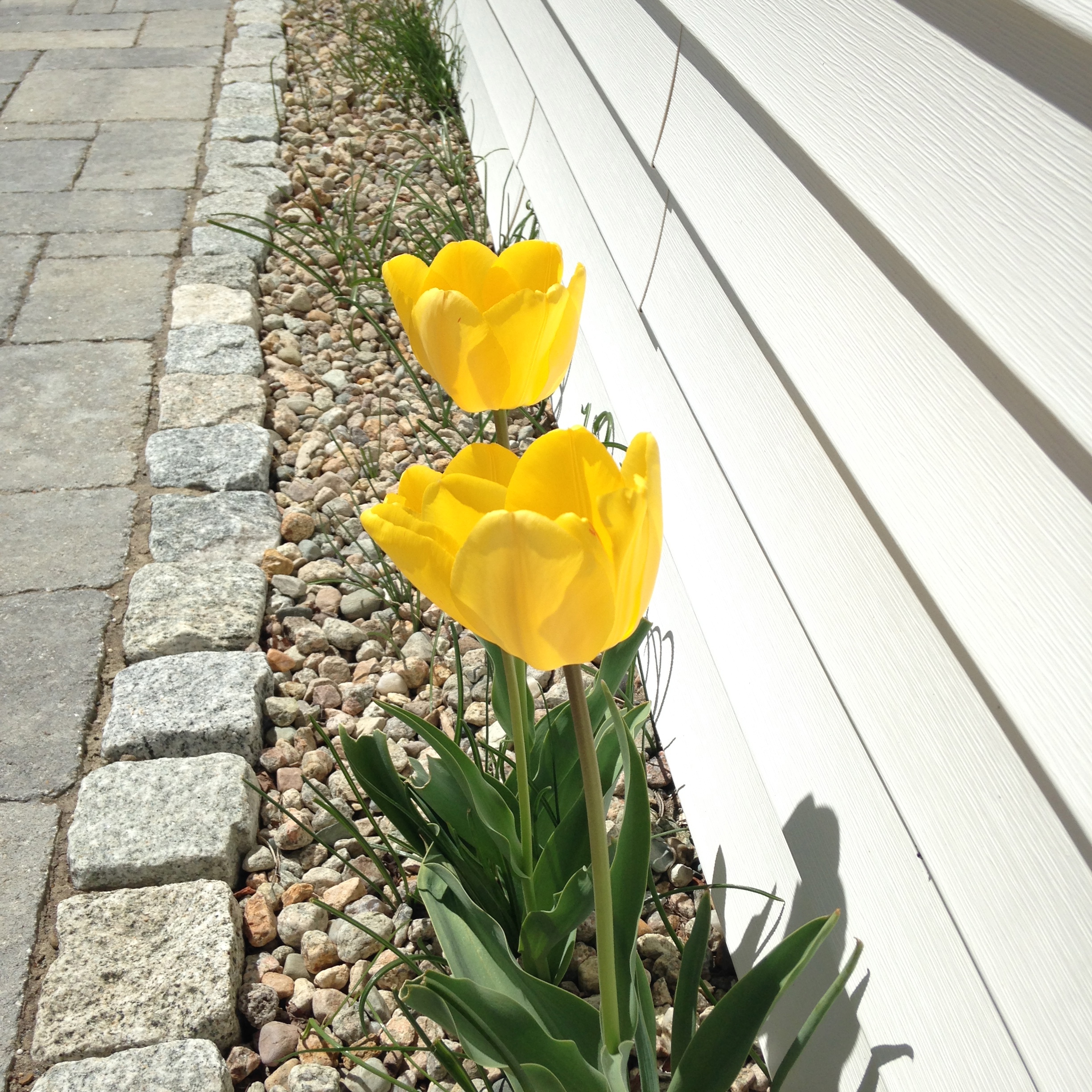This post is part one of a series exploring the issue of stormwater and how landscape design can be used to reduce and treat runoff.
As I was walking around Somerville the other day I couldn’t help but rejoice at how little snow was left on the ground and how free and clear the sidewalks and roads had become. A few weeks prior you could barely go anywhere. Scuttling along tiny ice-covered paths, haphazardly shoveled through immense snow piles was the only way to get around. Driving was terrible. Parking—you're better off staying put. The MBTA, let’s not even go there. We were all stuck, housebound with cabin fever. Thank goodness that is over.
Although now we all take delight in the melting snow and our restored freedom to get out and about, we are left with the unsightly remnants of the past couple months. Trash, salt, sand, oil and gas sheens, and pet waste are everywhere. As the snow continues to melt and the spring rains move in, all of that pollution is going to go somewhere. Street sweepers and sewer systems will capture some of the contaminants, but a large percentage will flow into our streams, ponds, and coastal waters. The water from rain and snow that runs off of the land surface is known as “stormwater” and it is a major contributor to urban flooding and water pollution.
